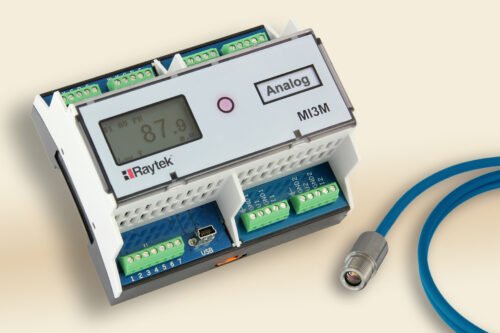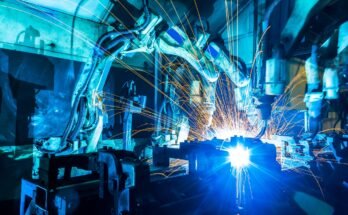Temperature sensors are used to measure temperature in many applications. The accuracy of a temperature sensor is dependent on how well the sensor responds to changes in physical phenomena. Temperature sensors must be calibrated before use and can be calibrated directly in the unit under test or using an external instrument.
What is a Temperature Sensor Calibration?
The most commonly used form of temperature sensor calibration is a trimming process, in which a user manually adjusts the sensor to ensure that it is capable of returning accurate readings. This can be done using an adjustable multimeter or by using software such as our own SensorSwap™ software.
Temperature sensor calibration ensures that your sensors are capable of providing accurate readings. It’s important for industrial processes and home automation systems alike, because you need to know what temperatures are being monitored so that you can take action if something goes wrong or change settings if necessary.

How is temperature sensor calibration performed?
The equipment used in calibration is usually a Blackbody chamber, which is an enclosure that houses a single source of thermal radiation, usually a high-temperature tungsten filament.
The temperature of the chamber’s contents can be set to any desired value by controlling its electrical input current. The calibrated sensor is placed inside the chamber and held at its operating point (the temperature range in which it will operate) for 5 minutes. The reading from this measurement provides you with your baseline value for calibrating your sensor when it’s not being calibrated by exposing it to temperatures outside of its expected operating range as with our example above.
What are the Benefits of Temperature Sensor Calibration?
Temperature sensor calibration is an important step in the calibration process that ensures your data is accurate and reliable. It ensures that your measurement device will return the same reading, or output value, if exposed to identical conditions over and over again. In other words, it allows you to standardise results from different sensors so they can be compared against one another.
Temperature sensor calibration also helps ensure safety by ensuring readings are within a safe range of values for a specific type of measurement device.
Temperature sensor calibration can be performed directly in the unit under test or using a precision instrument, usually a Blackbody chamber. In this case, you can also use an oven for cooking food at different temperatures and measuring their temperature changes.
The difference between the Blackbody chamber and your device is that it does not have any electronics inside it for measurement purposes, which means that all values are measured by eye by comparing them with other standards or by measuring the heating power of some elements inside it (e.g., incandescent lamps).
Conclusion
In this article, we have explained the importance of temperature sensor calibration and how it is performed. We started off with an introduction to what a temperature sensor calibration is and then went on to explain how it can be performed.
Next, we discussed some of the benefits that come from performing this process as well as some common types of instruments used for this purpose. Finally, we wrapped things up by providing some examples of when you might want to perform a temperature sensor calibration. As always, if you have any questions or comments, please feel free to leave them below!



